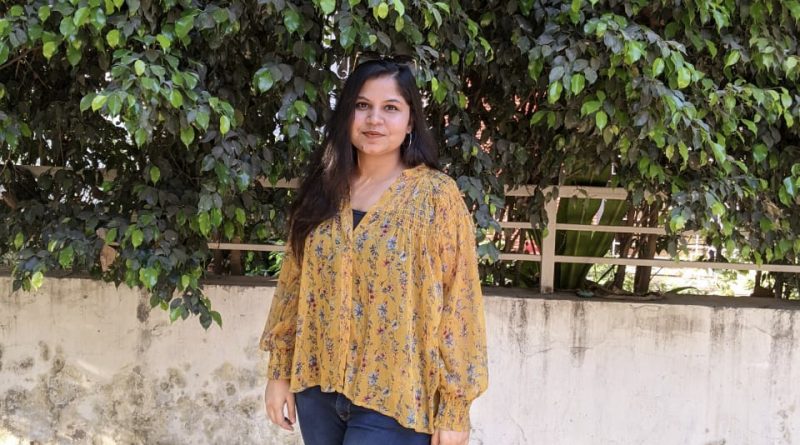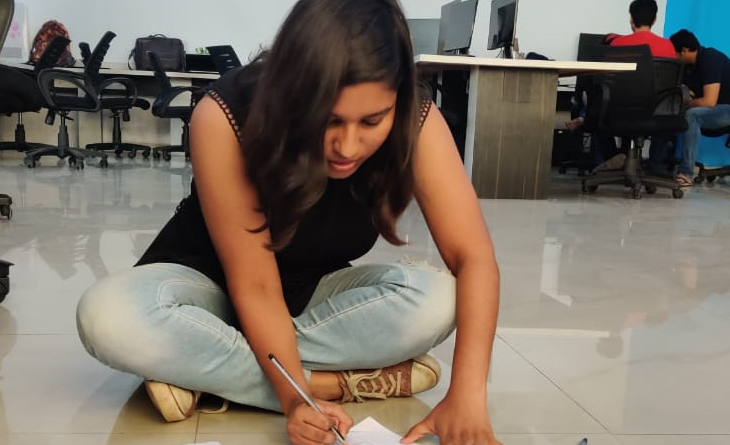Are two Facebook posts a day better than one? A test.
 The Internshala Facebook page happens to be the largest Facebook page about internships in India. We have always believed in the power of social media and wanted to share a story about how a scientific approach to social media helped us learn valuable lessons and avoid vague predictions. For the longest time, we shared one post a day on the page. While discussing our Facebook strategy some time ago, we wondered if it would help to increase interaction if we had two posts a day instead of our customary one post every evening. While it seems obvious that more posts equal more interaction, we did debate whether the afternoon post would be ‘wasted’ since not a huge part of our target audience is online on weekday afternoons. This is why we decided to conduct a test spanning around two weeks to assess whether two posts a day were substantially more effective than one.
The Internshala Facebook page happens to be the largest Facebook page about internships in India. We have always believed in the power of social media and wanted to share a story about how a scientific approach to social media helped us learn valuable lessons and avoid vague predictions. For the longest time, we shared one post a day on the page. While discussing our Facebook strategy some time ago, we wondered if it would help to increase interaction if we had two posts a day instead of our customary one post every evening. While it seems obvious that more posts equal more interaction, we did debate whether the afternoon post would be ‘wasted’ since not a huge part of our target audience is online on weekday afternoons. This is why we decided to conduct a test spanning around two weeks to assess whether two posts a day were substantially more effective than one.
The test: — We divided the test period into three parts – the first week, a cooling period, and the second week. During the first week, we decided to share two posts a day – one in the afternoon and one at the usual evening time. During the 3 day cooling period, we shared only one post a day. For a week after this cooling period, we shared one post a day (in the evening). We would later assess if there was a great difference in the level of interaction between Week 1 and Week 2.
The metrics: — The next question was which metric we would consider. What exactly we meant by “interaction”? Facebook provides the following insights: number of likes, reach (the number of people who see any content from a page) and the number of people talking about this. Measuring the effect of two posts vs. one based on the number of likes was not reliable, taking into account that all our likes were not received from within Facebook. We did consider this parameter as explained later, though.
Reach as a parameter was ruled out since Facebook does not provide data for daily reach of the page. All that was available was the weekly total reach and the reach of individual posts. We needed daily statistics to calculate averages for each week.
The “People talking about this” metric was the one we zeroed in on eventually. People talking about this represents the number of unique users who created a story about the page by, say, liking a post or the page, commenting on or sharing something from the page. This was what denoted the amount of interaction happening on the page.
We decided, then, to compare the number of people talking about this for the first week and the second week, and determine whether the difference was big enough to warrant an extra post daily.
The results: —
| Week 1 (2 posts/day) | Cooling Period (3 days) |
Week 2 (1 post/day) | |
| Total Daily People Talking About This | 1298 | 296 | 645 |
| Average Daily People Talking About This | 185.3 | 98.7 | 92.1 |
| Total New Likes | 364 (201 on page and 163 external) | 129 | 296 (135 on page and 161 external) |
| Average New Likes Per Day | 52 | 43 | 42 |
This meant that two posts a day were creating almost twice the number of stories as one post a day. The afternoon post wasn’t getting wasted. The afternoon posts during the first week created 301 stories about our page in total. This means the evening posts created 997 stories, which is still more than the 645 stories created by the evening posts in the second week. While we do not know if the difference in the interaction between both sets of evening posts was a knock-on effect of the extra posts in the afternoon or due to a difference in the quality of posts, what we do know is that we would have lost out on 301 stories had we not shared the extra posts in the afternoons.
The increase in like count did not drop as much as the people talking about this metric did: this was mainly because most of our likes at this point were coming from external Facebook plugins (i.e., our website) and not the Facebook page. Facebook tells us that the number of likes we got from an external plugin stayed roughly the same for both these weeks (163 and 161 for Week 1 and Week 2 respectively), but the likes garnered from within Facebook dropped by 32% for the second week (201 and 135 for Week 1 and Week 2 respectively).
The conclusion: — Two posts a day, as compared to one post a day, lead to a ~100% increase in interaction (from 92 to 185 people talking about it on average) and ~50% increase in the number of new likes on the page (from 135 to 201). This is why we have two posts a day now!
P.S. : We are still trying to build our understanding of the Facebook metrics ad behavior This being our first attempt to do any ‘test’, quite likely we may have missed on something important and our conclusions may be wrong/questionable – do tell us if you have run any similar experiment before and have any insights that you would like to share.
P.P.S. : If you are an employer and want to publish an internship opportunity on Internshala, please write to sarvesh@internshala.com.



